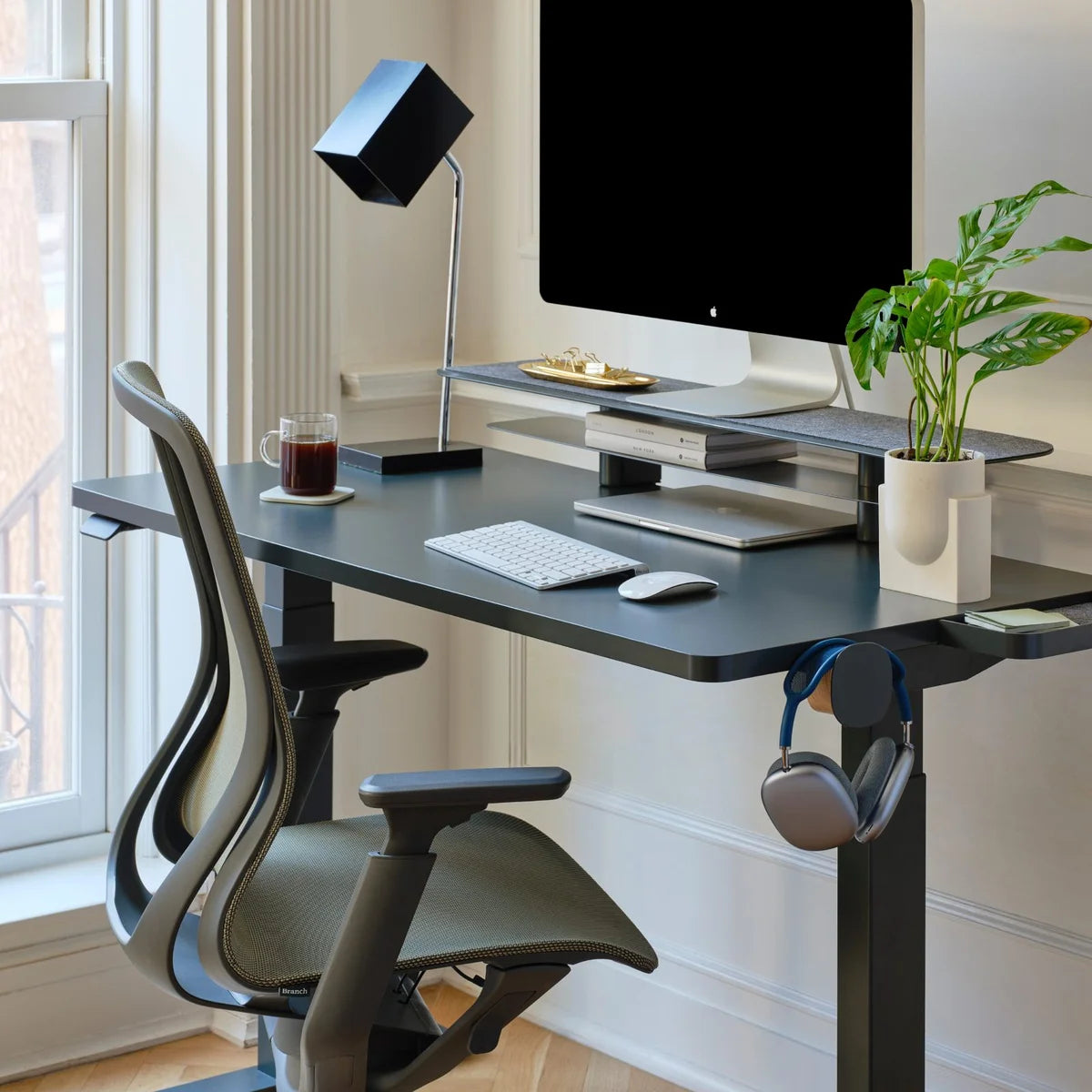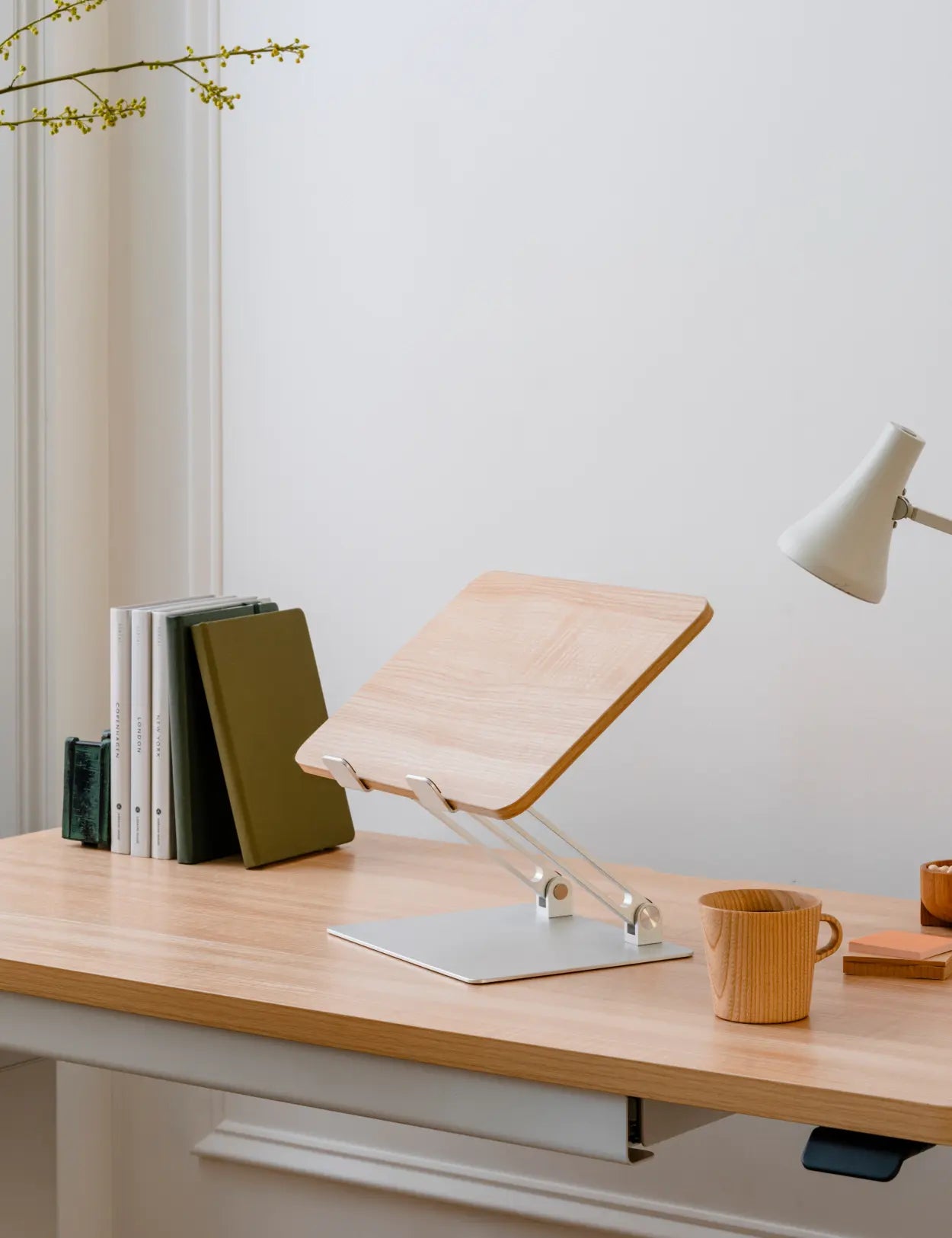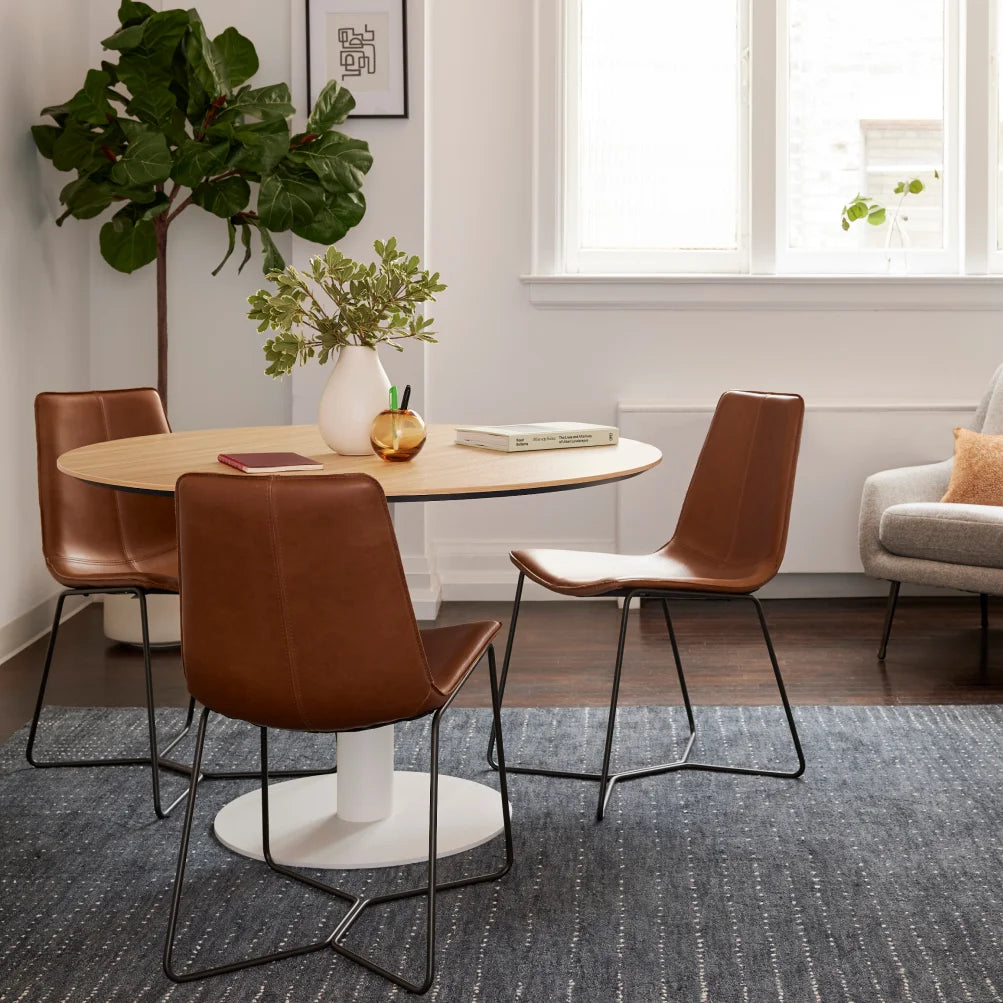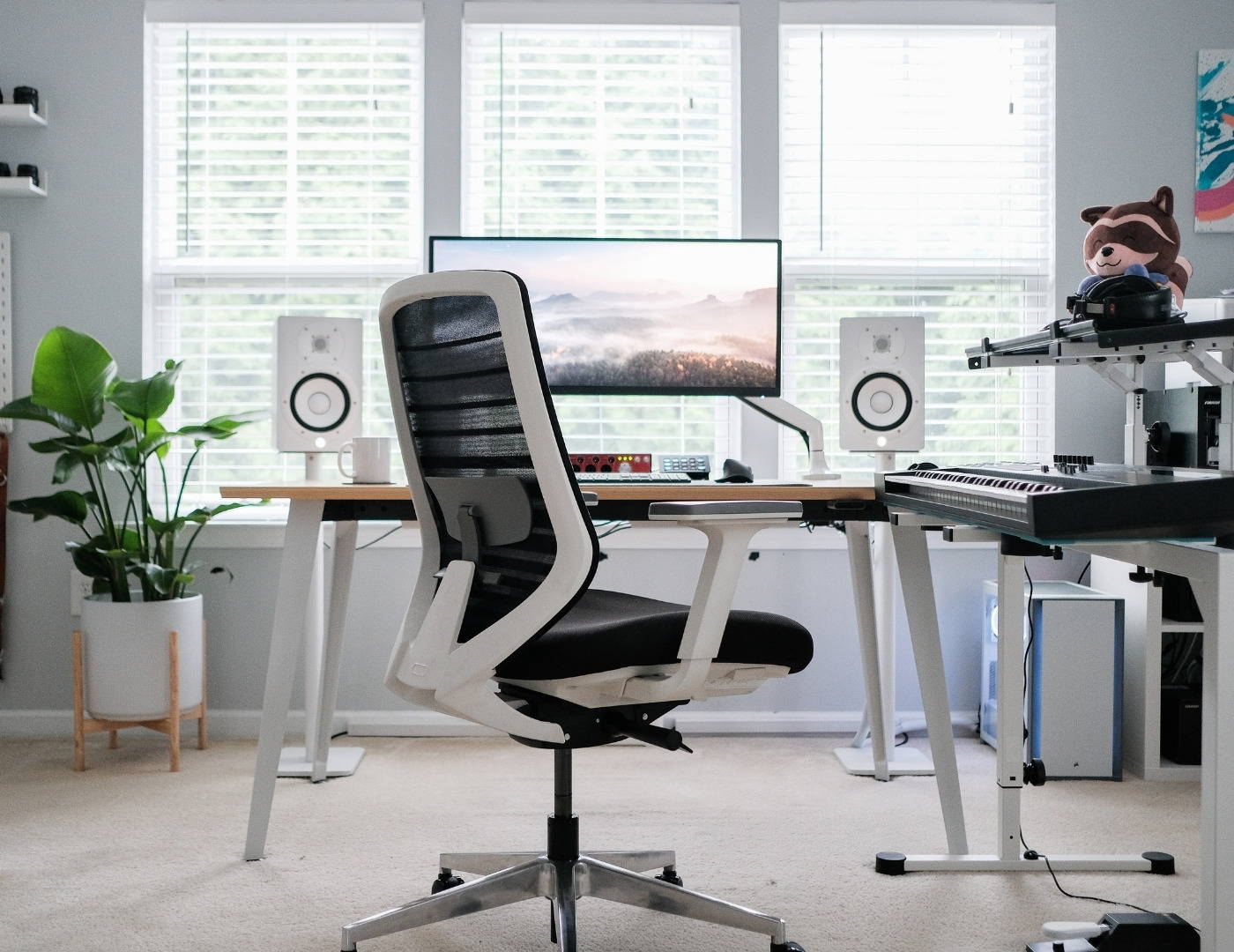Use this guide to learn the best way to sit with lower back pain as well as five tips for dealing with and preventing pain during your workday.
Do You Have Pandemic Posture?
5 Tips to Protect Your Lower Back
1. Adopt Good Sitting Posture
- Joints: Sit with your hips and knees bent at 90-degree angles, keeping your feet flat on the floor and the backs of your knees at the edge of your chair. These angles help you effortlessly maintain an upright position, although you might need a chair with adjustable seat depth to make it happen.
- Head and neck: Stack your head on top of your shoulders over your pelvis, with your neck straight. It can help to keep your upper back and head touching your chair, although you might need a high-back office chair with an adjustable headrest and backrest to make this possible.
- Arms: Allow your upper arms to hang straight by your sides with your lower arms at a 90- to 120-degree angle on your armrests. Some people will need a chair with adjustable armrests for this position to work.
- Spine and torso: Keep your back straight and the natural curve of your spine in a neutral position, lightly engaging your abdominals to support your lumbar spine. Avoid tensing your back muscles, letting your hips tilt back, or slouching forward from your upper and mid-back. If this is tough for you, try pressing your spine into the back of your chair — a reclining chair with a breathable mesh back can make this more comfortable.
2. Stay Active Throughout Your Workday
3. Strengthen Your Back Muscles
4. Give Your Office an Ergonomic Makeover
- Ergonomic desk chair: A high-quality ergonomic office chair can provide adjustable lumbar support, 360-degree swivel functionality, tilt tension, adjustable seat height, adjustable headrest height, and many more ergonomic features. Some of the best ergonomic office chairs are executive office chairs and ergonomic chairs designed for long hours. Gaming chairs also often feature an ergonomic design.
- Standing desk: A standing desk offers benefits like improved moods and productivity, and it'll help keep you more active. Most are height adjustable, so you can easily switch between sitting and standing when you'd like a break.
- Monitor arm: Keeping your computer screen at eye level can prevent you from craning your neck to look down, but many office desks are the wrong height for this. A monitor arm allows you to adjust your screen to the correct height, whether you're in something low like a kneeling chair or standing in an upright position.
- Accessories: Different body types and home offices can benefit from accessories to customize your workspace. For example, you might want a headrest, a memory foam backrest for extra lower back support, a footrest, and an orthopedic standing mat. In addition, some people like having alternate seats like an exercise ball or a kneeling chair.
5. Seek Medical Advice
Figure Out What Works Best for You
On new furniture, exclusive sales and more.











